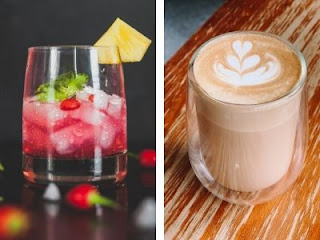Beverage Photography - The Basics

FROM SUMPTUOUS Barista-style coffee and glass-chilled cocktails to high-speed splashes and the allure of mouth-watering 20-year-old Scotch on the rocks, the art of great beverage photography is an area of expertise all of its own. Very highly attention on detail for lighting, composition and technique make it just as much, if not more, of a creative discipline than photographing its dry counterpart. In fact, we could probably fill a book with all you need to know, so we’ll have to suffice with the basics. As you’d expect, and as we’ve already mention, lighting is crucial when it comes to food and especially beverage photography. Backlighting, natural lighting, a multiple studio flash set-up, lighting to eliminate or at least minimise reflections in the glass is something helps create a smooth image that doesn’t distract from what you want to convey. Sometimes the reflections add to the appeal and atmosphere, but for those where it doesn’t, experiment with using black card to ...





